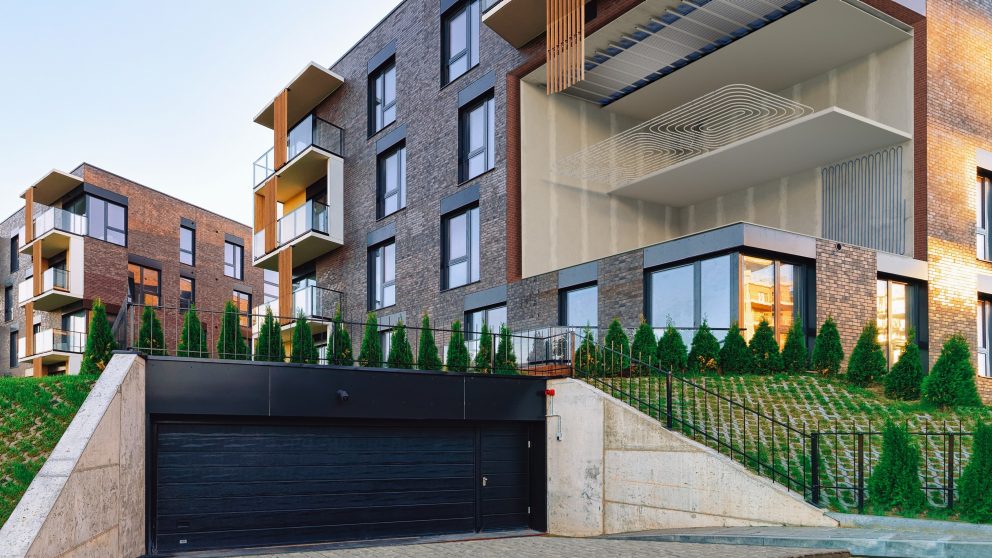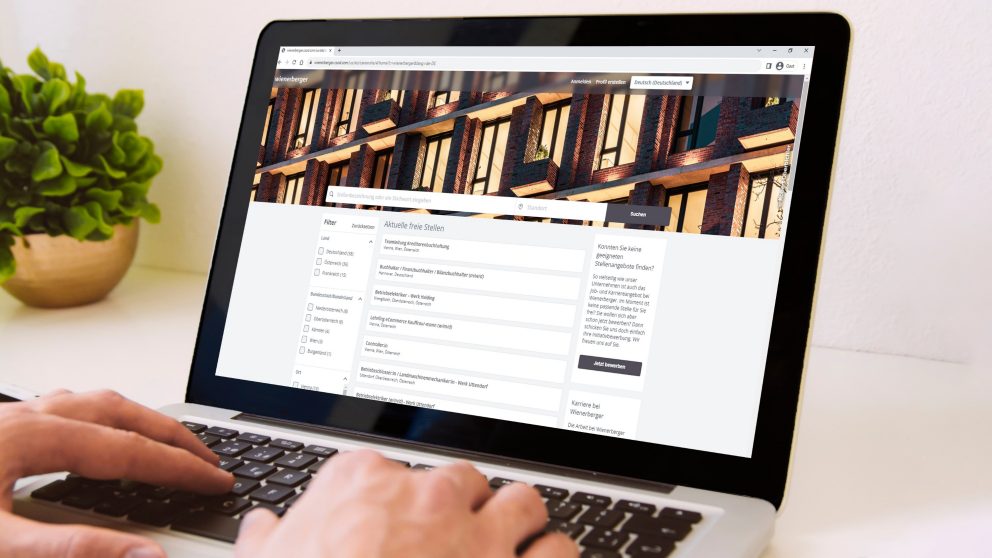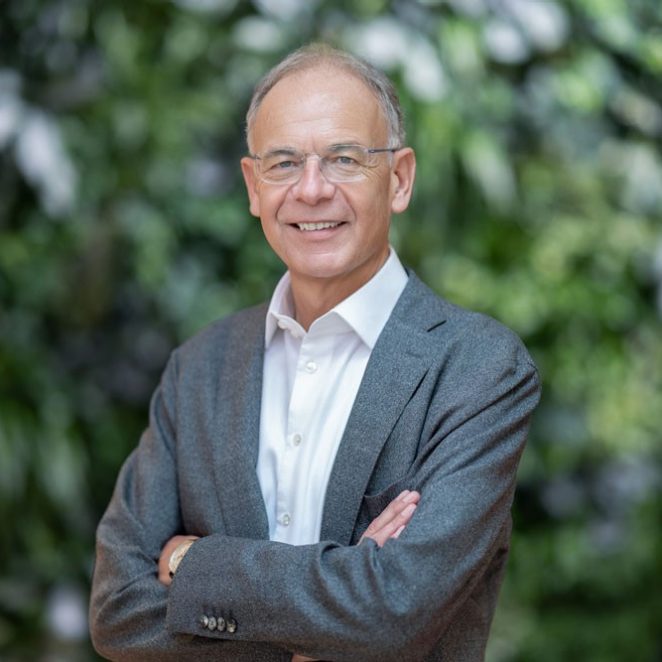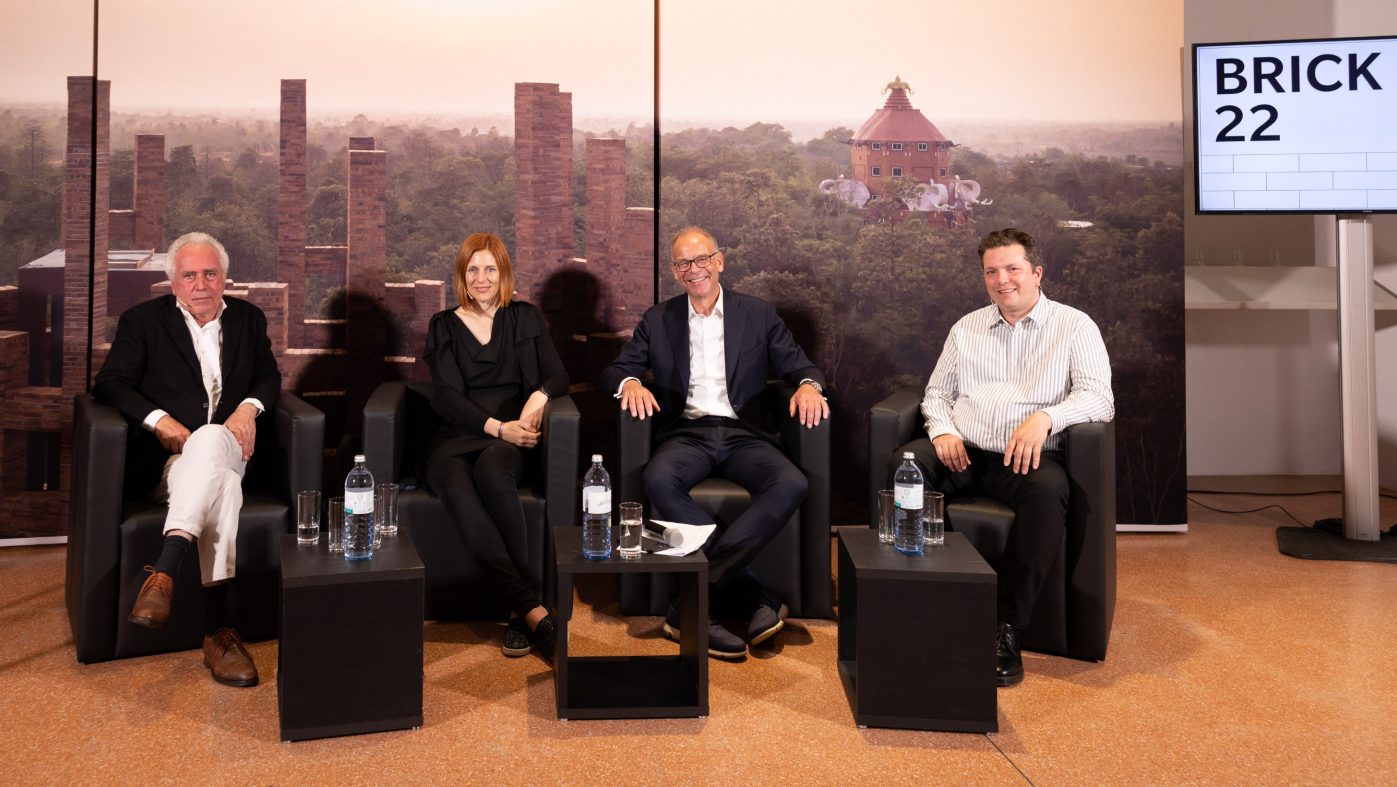 © Daniel Hinterramskogler/Wienerberger AG
© Daniel Hinterramskogler/Wienerberger AG
 © Daniel Hinterramskogler/Wienerberger AG
© Daniel Hinterramskogler/Wienerberger AG
- Panel of international architects presents solutions for urban spaces people want to live in
- Projects show what the cities of the future might look like, and which solutions and approaches are already available to achieve this today
Vienna – The Brick Awards 22 again honored the most creative examples of modern and innovative brick architecture this year. Following the presentation of the winning projects, a panel discussion with Heimo Scheuch, Wienerberger CEO, Dietmar Eberle, founder of Baumschlager Eberle Architekten, Tina Gregoric, founder of Dekleva Gregoric Architects, also member of the Brick Award jury, and Kalle Jørgensen from Mangor & Nagel Architects, discussed what challenges cities are facing, what cities of the future might look like and which solutions and approaches are already available to achieve this today.
“We want to use the Brick Awards to put the spotlight on outstanding and international architectural projects that help us find innovative solutions for the cities of the future and contribute to overcoming the challenges of climate change and the use of limited natural resources. I am delighted that during our panel discussion we were once more able to showcase so many best practice examples of sustainable solutions and energy-efficient construction. The focus was not just on the projects themselves, but above all on the answers these building projects can already offer in terms of housing that people enjoy living in, integration in the public space, sustainability and energy efficiency.”
For economic and ecological reasons, urban densification is unavoidable if planners are to create more living space on a smaller surface area. In this context, Dietmar Eberle argued that planners should give greater consideration to the space between buildings which should be designed as a comfortable public space that is accessible to everyone. According to Kalle Jørgensen, this also means that new buildings must respond to and adapt to their context, including the architectural character, social environment, the public space and the streets.
More Bikes – Fewer Cars
At the same time, Tina Gregoric advocated for integrated planning of future living quarters where urban design architecture and landscape architecture are developed as one complex design task instead of separation of masterplan and architectural design. In many cities, large-scale projects are still not planned and implemented as an integrated concept but are in many cases broken down into prescribed volumes which are adapted individually without any relation to each other. Kalle Jørgensen highlighted that the 2019 master plan of the city of Copenhagen for example stipulates a minimum parking requirement of one parking space per 250 m² of housing. This requirement has been set deliberately low to promote the use of public transport, car sharing, and in particular bicycle use, for day-to-day travel. At the same time, reducing car traffic in the city and parking cars underground will increase urban living space.
Cities of the Future that are a Pleasure to Live in
On the question of what will make the cities of the future a pleasure to live in, the panel members all agreed that an efficient infrastructure has to be combined with attractive spaces for recreation and relaxation. Dietmar Eberle pointed out the importance of weighing up in advance the various purposes a building should fulfill in and of itself and in harmony with its surroundings. Kalle Jørgensen added that “livable” cities are primarily places where a diverse community can live and thrive together and where a wide mix of uses overlap. According to Tina Gregoric this also includes proximity to green and/or social spaces that are accessible on foot and not by public transport or bicycle.
The Challenges of Climate Change
Many of the award-winning projects in 2022 focus on dealing with the challenges of climate change and the use of limited natural resources. Overheating in city-center apartments and urban heat islands in particular are also a problem for an increasing number of people.
According to Dietmar Eberle architecture and urban planning can help keep temperatures more comfortable in cities by producing more shade while at the same time creating as much space as possible for large trees. Planting and preserving trees provide natural, cost-effective and energy-efficient cooling for cities. Kalle Jørgensen pointed out that in Scandinavian countries, planning south and west-facing urban spaces that maximize the use of sunlight and are designed to protect outdoor areas from the wind also helps to actually extend the outdoor season in Scandinavian countries. Deciduous trees also play a role by providing shade during the summer and allowing sunlight to filter through in the winter by shedding their leaves.
Sustainable architecture
Finally, the panel explored the question of how energy problems can be solved sustainably in the city of the future. This year’s projects include many buildings that used local materials to reduce waste and save energy. Other projects that were presented are based on the concept of saving existing buildings from demolition and preserving them by converting and enlarging them. According to Dietmar Eberle, the most important prerequisite here is a willingness to reduce one’s own energy demand, in other words, to consume less energy and use fewer materials. But in order to reduce energy consumption one also has to know what it is used for. According to Eberle, a great deal of research is still needed to make these approaches more transparent. The building services concept 2226 by Baumschlager Eberle Architekten offers a sustainable approach for the future with a long service life and year-round as well as all-day climate stability.
Kalle Jørgensen pointed to a key approach that needs to be adopted by the construction industry which involves focusing more on the internal construction of buildings, through leaner construction techniques and the reuse of resources. This also includes reducing the use of materials, in particular concrete, and designing buildings without superfluous materials. At the same time, Tina Gregoric also drew attention to efforts to give preference to locally sourced materials in order to slash transport emissions.
All participants agreed with Dietmar Eberle, that clay building materials have their unique advantage to be 100% reusable or recyclable and that they are the perfect option for modern architecture in Europe, Asia and America.
Further information on this year’s award-winning projects, incl. press photos of the panel members are available here.
Press Kit
Contact
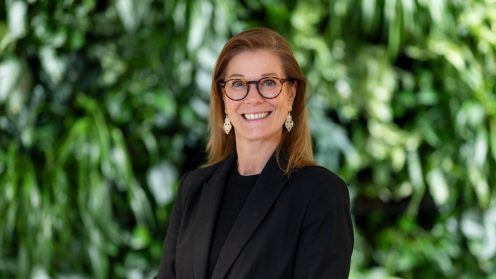
Claudia Hajdinyak
Head of Corporate Communications
Wienerberger AG
© Daniel Hinterramskogler +43 664 8283183 Send e-mail